Vinegar is often touted as a natural solution for cleaning, disinfecting, and killing mold. But how effective is it really, and can you leave vinegar on mold overnight? The good news is that vinegar is a safe, non-toxic way to kill most types of household mold, but it’s important to know the right methods and when professional mold remediation might be necessary. In this article, we’ll explore whether leaving vinegar on mold overnight is a good idea and how to use it effectively to eliminate mold.
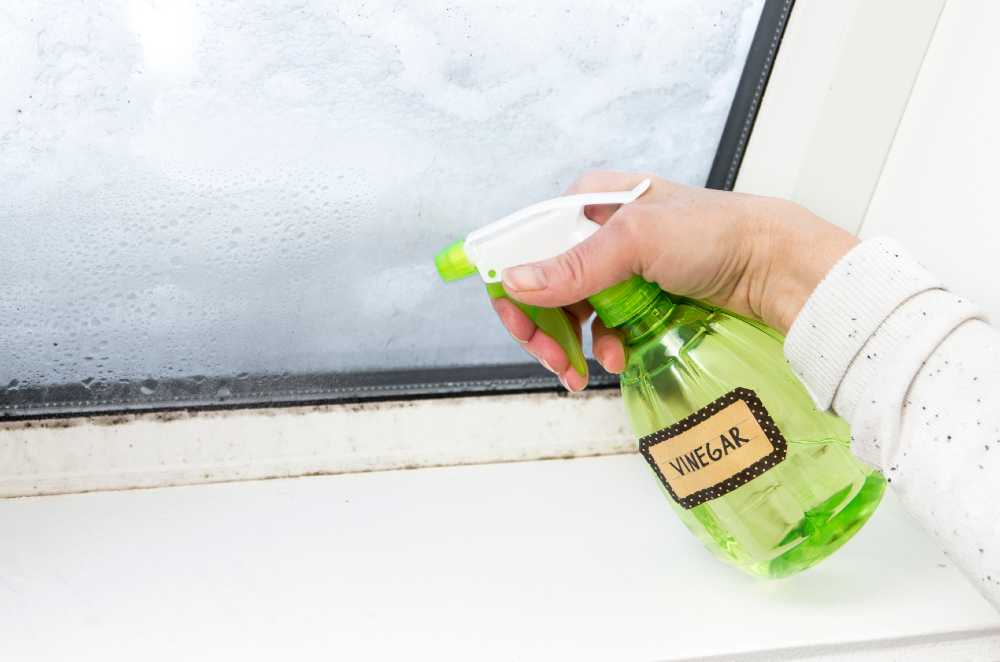
Does Vinegar Kill Mold?
Yes, vinegar can kill mold. Vinegar contains acetic acid, which has antifungal properties, making it an effective and natural mold killer. Unlike bleach, which can sometimes only kill surface-level mold, vinegar can penetrate porous materials like wood and drywall to kill mold at its roots.
According to the Environmental Protection Agency (EPA), while mold can be a serious problem in homes, using natural remedies like vinegar can help mitigate small mold infestations. However, larger infestations may require professional mold remediation.
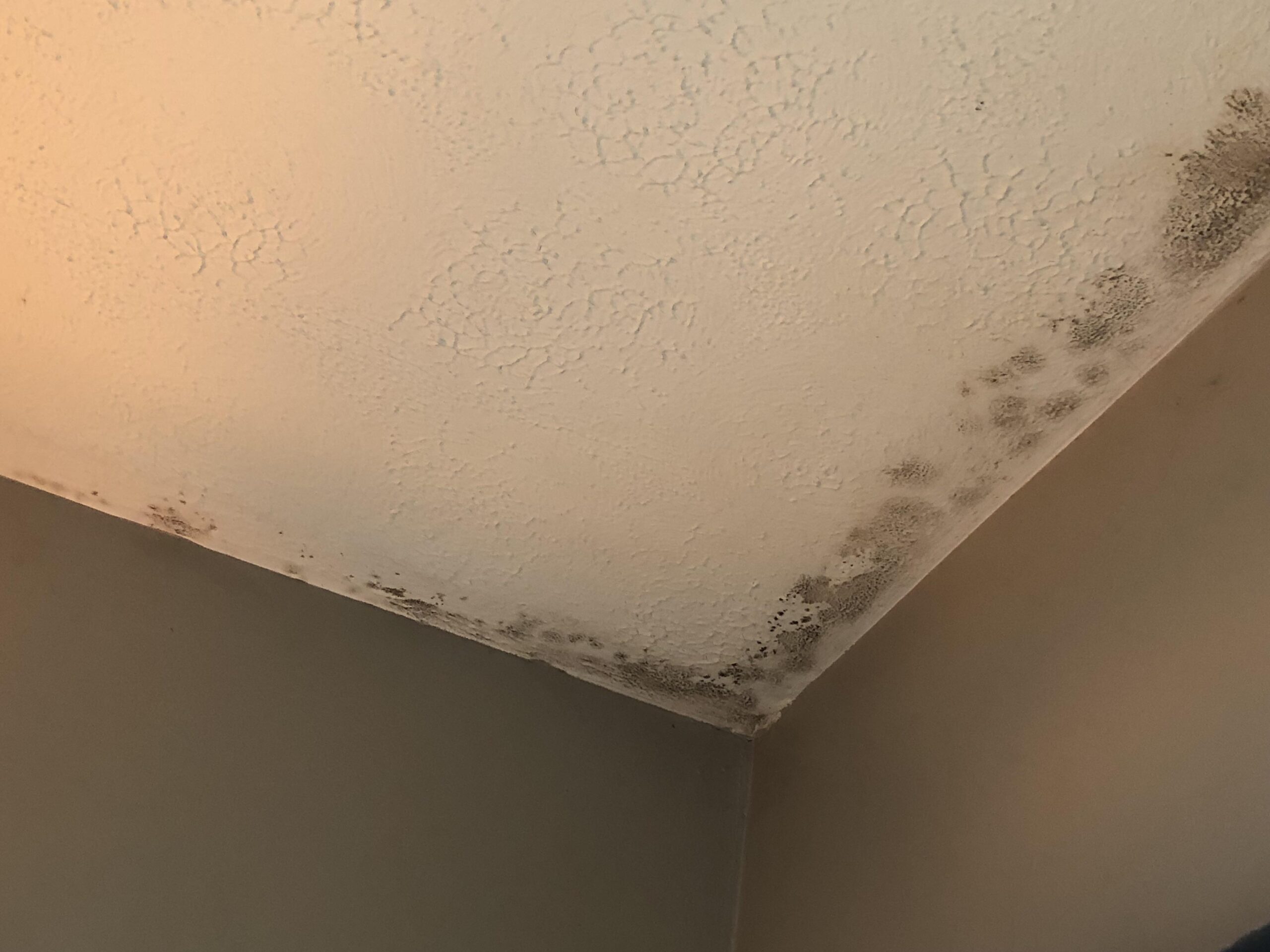
Can You Leave Vinegar on Mold Overnight?
Yes, you can leave vinegar on mold overnight. In fact, leaving vinegar on mold for an extended period—such as overnight—can enhance its effectiveness. The acetic acid in vinegar needs time to penetrate the mold and break down its structure, especially in porous materials where mold can embed deeply.
However, after applying vinegar, it’s important to ventilate the area and wipe down the surfaces in the morning to remove any mold residue and vinegar solution.
How Vinegar Works on Mold
Vinegar’s high acidity creates an environment that mold cannot survive in. It alters the pH of the surface, making it unsuitable for mold growth. When left on mold for several hours or overnight, vinegar will kill mold spores and prevent them from spreading.
How to Use Vinegar to Kill Mold
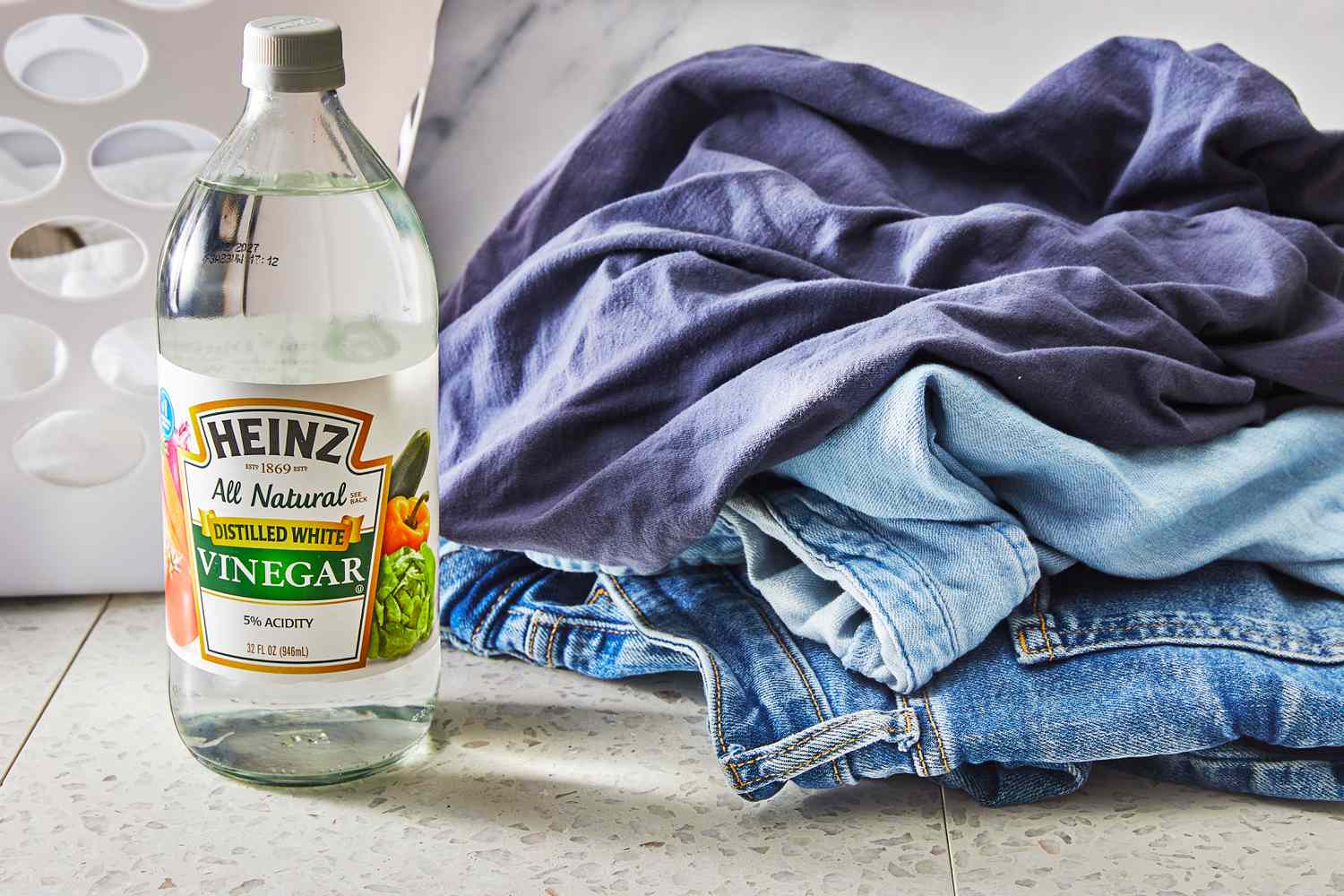
Using vinegar to kill mold is relatively simple, but to get the best results, follow these steps:
Step 1: Apply Vinegar Directly to the Mold
Use undiluted white vinegar (with about 5% acidity) and pour it directly into a spray bottle. Apply the vinegar directly to the moldy area, ensuring it’s thoroughly saturated. You don’t need to dilute the vinegar, as full-strength vinegar is more effective at killing mold.
Step 2: Let the Vinegar Sit for Several Hours or Overnight
For best results, leave the vinegar on the mold for at least an hour, but leaving it on overnight is ideal. This gives the acetic acid enough time to fully kill the mold spores and penetrate porous surfaces.
Step 3: Scrub the Area
After letting the vinegar sit, use a scrub brush or sponge to remove the dead mold. For stubborn spots, you may need to reapply vinegar and let it sit for additional time before scrubbing again.
Step 4: Rinse and Dry the Area
After scrubbing the area, rinse it with clean water to remove any remaining mold or vinegar residue. Make sure the area is thoroughly dried, as moisture can lead to future mold growth.
Step 5: Ventilate the Area
Ensure proper ventilation to help dry out the area and reduce humidity. Mold thrives in damp environments, so keeping the space dry and well-ventilated is key to preventing mold from returning.
Is It Safe to Leave Vinegar on Surfaces Overnight?
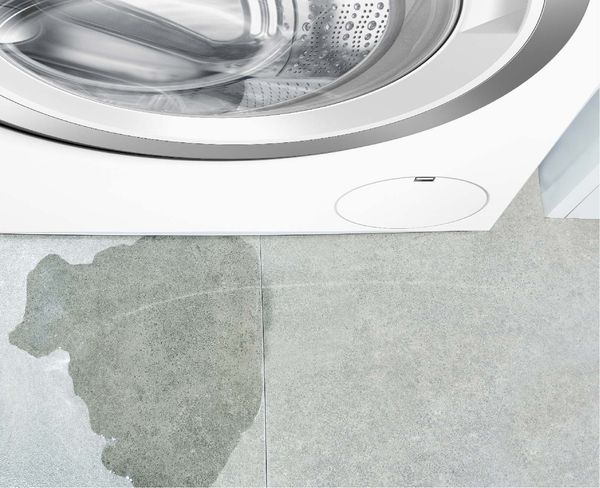
In most cases, leaving vinegar on surfaces overnight is safe, especially on non-porous materials like tile, glass, and metal. However, it’s essential to be cautious when using vinegar on certain surfaces:
Surfaces Safe for Vinegar
- Tile and Grout: Vinegar is safe to use on tile and grout, making it a great solution for mold in bathrooms and kitchens.
- Glass: Vinegar can safely clean and kill mold on glass surfaces like windows and mirrors.
- Metal: Use vinegar to kill mold on metal surfaces without worrying about damage.
Surfaces to Avoid When Using Vinegar
- Stone: Avoid using vinegar on natural stone surfaces like granite or marble, as the acidity can damage the stone.
- Wood: Be cautious when using vinegar on wood. While it can kill mold on wood surfaces, leaving it on for too long can damage the wood. If using vinegar on wood, wipe it down after a couple of hours and ensure it’s thoroughly dried.
- Unsealed Surfaces: Vinegar may not be ideal for unsealed surfaces as it can seep in and cause damage. Test a small area first if you’re unsure.
When to Call a Professional for Mold Removal
Vinegar is an effective solution for killing small, surface-level mold infestations, but it may not be enough for larger mold problems or mold that has deeply embedded in porous surfaces like drywall or insulation. If you’re dealing with extensive mold growth or if the mold keeps coming back, it’s time to call in the professionals.
Citywide Mold Mitigation provides expert mold inspection and remediation services. Our team can assess the severity of your mold problem and recommend the best course of action. Call us at 844-552-0467 to schedule an inspection today.
Other Natural Remedies for Killing Mold
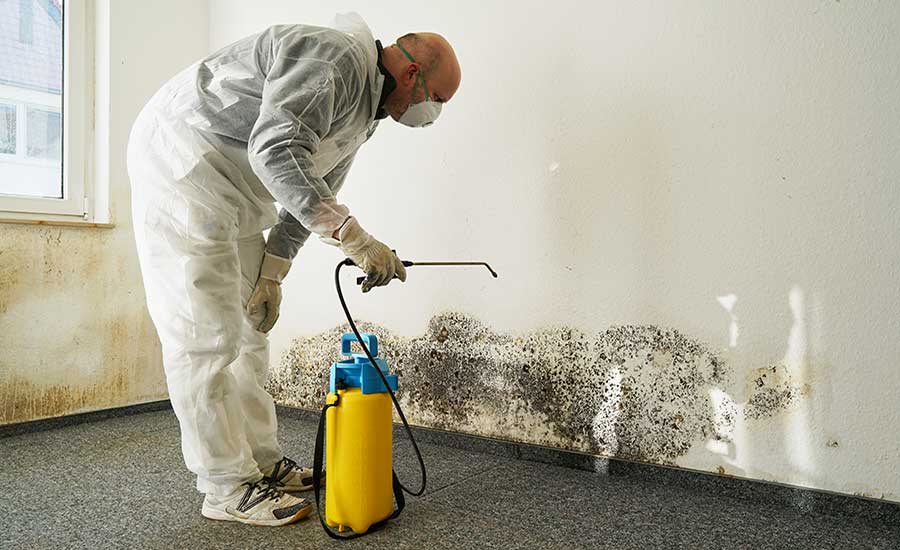
While vinegar is one of the best natural remedies for killing mold, there are other household products you can use in combination or as alternatives to vinegar:
1. Baking Soda
Baking soda is another natural cleaner that can help remove mold and prevent it from returning. It works especially well when combined with vinegar. After applying vinegar, sprinkle baking soda over the affected area and scrub with a brush.
2. Hydrogen Peroxide
Hydrogen peroxide is another powerful mold killer that’s safe to use on most surfaces. It has antifungal and antibacterial properties that help kill mold and prevent its regrowth. You can use hydrogen peroxide after applying vinegar for an extra layer of protection.
3. Tea Tree Oil
Tea tree oil is a natural fungicide that can kill mold and mildew. Mix a few drops of tea tree oil with water in a spray bottle and apply it to the moldy area. Let it sit for a few hours before scrubbing and rinsing the surface.
Conclusion: Is Leaving Vinegar on Mold Overnight Effective?
Yes, you can leave vinegar on mold overnight, and doing so can increase its effectiveness in killing mold. Vinegar is a safe, natural solution that works well for small mold infestations on non-porous surfaces like tile, glass, and metal. However, for larger or deeply embedded mold problems, professional mold remediation may be necessary to fully eliminate the mold and prevent future growth.
If you’re dealing with a persistent mold issue, don’t hesitate to contact Citywide Mold Mitigation at 844-552-0467. Our team of experts can help ensure your home is safe and mold-free.
FAQ
| Question | Answer |
|---|---|
| Does vinegar kill mold permanently? | Vinegar can kill surface mold and prevent it from returning, but if the underlying moisture issue isn’t resolved, mold may grow back. Fix any leaks or humidity problems to prevent future mold growth. |
| Can vinegar damage surfaces if left overnight? | Vinegar is generally safe for most surfaces, but avoid using it on natural stone or unsealed wood. For other materials, it’s safe to leave vinegar on overnight to kill mold. |
| How often should I use vinegar to prevent mold? | You can use vinegar regularly, about once a month, to clean areas prone to mold growth, such as bathrooms, kitchens, and basements. This can help prevent mold from taking hold and keep surfaces clean. |
| Can vinegar remove mold stains? | Vinegar can kill mold, but it may not fully remove mold stains. You might need to scrub the area or use a baking soda paste or hydrogen peroxide to lift stubborn stains after the mold is killed. |
| Is it better to use vinegar or bleach to kill mold? | Vinegar is a safer, non-toxic option that can kill mold, especially on porous surfaces. Bleach can kill mold on non-porous surfaces but may not penetrate deeply, allowing mold to grow back. Additionally, bleach can release harmful fumes. |
If you have further questions about mold removal or need professional help, contact Citywide Mold Mitigation at 844-552-0467. We provide expert mold remediation services to keep your home safe and healthy.

